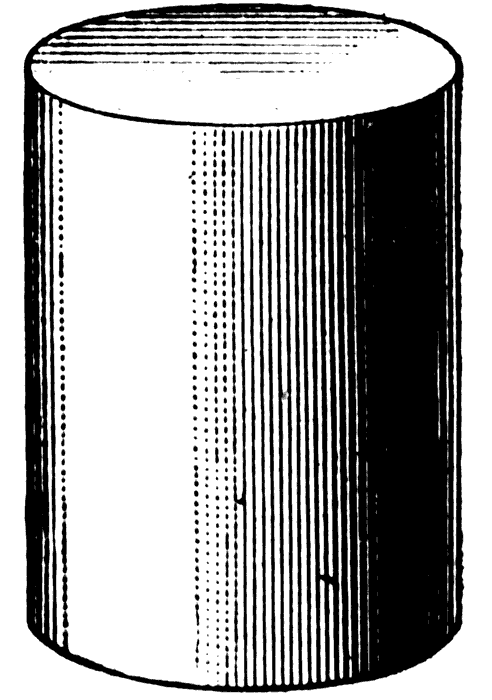 |
American Literature: Romanticism research assignment Student Research Submissions 2015 Research Post 1 |
 |
Carol Fountain
The Plight of the Cherokee on the Trail of Tears
They took the whole Cherokee Nation
Put us on this reservation
Took away our ways of life
The tomahawk and the bow and knife
Songwriter Loudermilk, John
Published by Lyrics©Sony/ATV Music Publishing Company
I remember from my childhood singing songs like “Ten Little Indians,” watching
Tonto and the Lone Ranger, watching Clint Eastwood in the spaghetti westerns of
the time, playing cowboys and Indians with other neighborhood children, and
making yearly visits to the Cherokee Indian Village in North Carolina, where we
watched “Unto These Hills” and bought moccasins and other Cherokee Indian
souvenirs on a yearly basis. I do not claim to have any Indian blood that I
know of, but the subject and the plight of the Indians in early America have
always fascinated and saddened me, especially the saga of the Trail of Tears.
The connection that I feel to their story stems not only from the commercial
associations that I had with them at an early age, but also because they became
such a huge part of my early life simply by association with the homeland of my
parents and our frequent visits to the area. Imagine my pleasure last summer
when we studied some of the Indian narratives in the American Immigrant Class.
To realize their association with the American Romantic Period only heightens my
interest and spurs me to research some of their literature and commentary on
that literature. My question is, how did the plight of the Indians on the Trail
of Tears become a part of the literature of the Romantic Era, and not just an
historical account of the journey?
Much of the literature that covers the Trail of Tears concerns commentaries on
personal accounts of the happenings before, during and after the Removal, mostly
“first-person accounts of the Cherokees during the eighteenth and nineteenth
centuries” (Teuton) In some of the sources I detected a note of controversy over
whether or not those sources were totally reliable, but further controversy
extends from the question of who was to blame for the Removal. In Rozema’s
introduction she notes that her collection contains eyewitness accounts from
Cherokee leaders, missionaries, and friends of the Cherokee, and military
representatives, but Andrew Jackson, one of the main proponents of the removal,
is never mentioned. She is also criticized for her omission of thorough
historical context in her work. Agnew uses a phrase for the matter of the
Removal: that it is a “clash of cultures.” This is simply put and obvious, but I
had never considered that definition for the Trail of Tears. Not only was there
a clash between the five Indian Tribes that were a part of the Removal and the
U.S. government, but there was also a clash between those tribes and the area to
which they were moved, already occupied by the Osage Indians.
Diane Glancy wrote two novels about the Indians and the Trail of Tears entitled
Pushing the Bear and Pushing the Bear: After the Trail of Tears.
The first novel is about the Trail of Tears itself and the second novel relates
events which happen during the following decade. The “bear” in these novels is
the Removal, the pressure placed on those Indians involved in the Removal and
its aftermath. She calls the victims “indigenous immigrants,” a tag that I
thought was interesting not only from the “minority narrative” point of view but
also for the explanation of how this can be considered part the Romantic Era.
The tag, when studied more deeply, indicates someone who has lost their homeland
through no wish of their own, an oxymoron which bears consideration.
The most interesting discovery that I made in this research project was a short
story by Edgar Allan Poe in which he satirizes the white social reaction to the
Removal. What led to this discovery was the work of Bettina Drew entitled “The
Great Amnesia.” She writes about the convenience of denying the number of deaths
on the Trail of Tears. In it she cites the short story, “The Man that Was Used
Up,” in which Poe “took the national temperature…likely the most sustained and
insightful commentary on white social reaction to Indian Removal.”
The literature surrounding the Trail of Tears is certainly of the American
Romantic Period, and fits in with the concepts of separation, desire and loss,
and nostalgia for the past. For these reasons, the literature of this time fits
the Romantic period and joins The Last of the Mohicans and other
minority narratives in providing students of literature with another view of
Native Americans and their contributions to the era of Romanticism.
Works Cited and Consulted
Agnew, Brad. Fort
Gibson: Terminal on the Trail of Tears. Norman:
University of Oklahoma Press, 1980. Book.
Drew, Bettina. "The Great Amnesia."
Southwest Review
(2014): 556-569. Academic Search Complete.
Glancy, Diane. "Pushing the Bear: After the Trail of
Tears." Literature Resource Center
(2011): 197. Print.
Poe, Edgar Allan. "The Man That Was Used Up." n.d. Poem.
Rozema, Vicki. Voices
from the Trail of Tears. Winston-Salem: John F.
Blair, 2003. Print.
Teuton, Christopher B. "Cherokee Voices: Early Accounts of Cherokee Life in the East." Appalachian Journal 33.1 (2005): 116-117. http://www.jstor.org/stable/40934778. <http://www.jstor.org/stable/40934778>.
|
|
|
|


